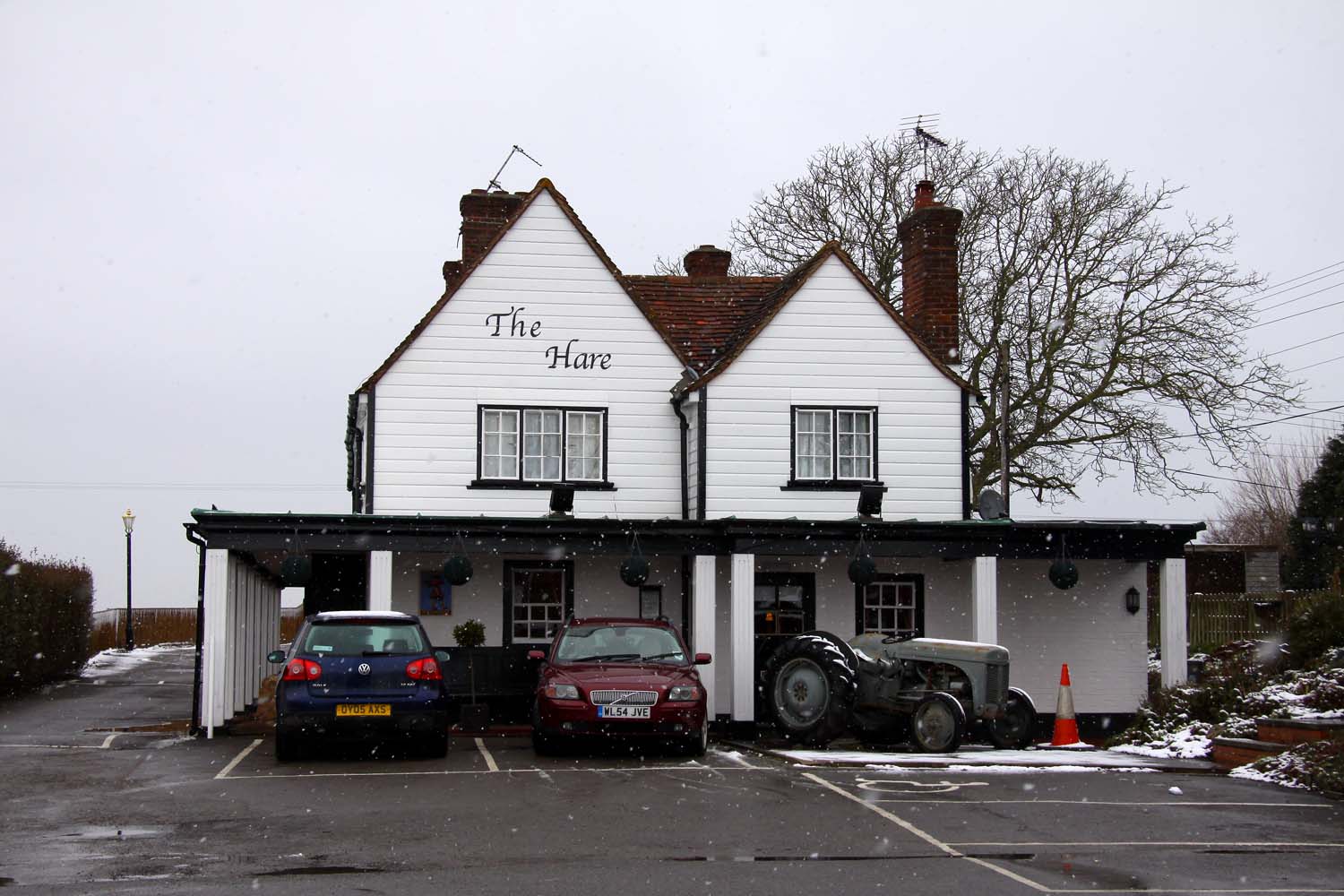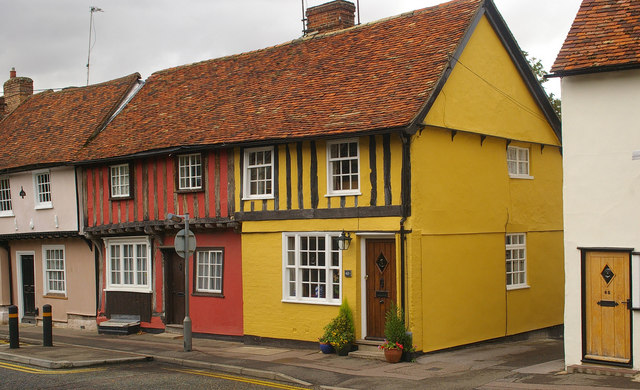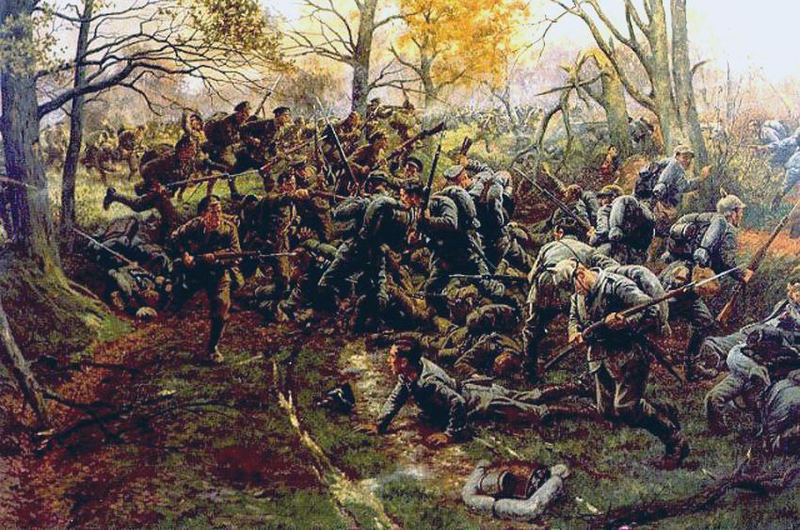|
A. Maitland Emmet
Lieutenant Colonel Arthur Maitland Emmet MBE (15 July 1908 – 3 March 2001) was an amateur entomologist and a former schoolmaster who taught Latin, English and Ancient Greek. He was a former president of the British Entomological and Natural History Society, a former president of the Amateur Entomologists' Society, and a vice-president of the Royal Entomological Society, having been elected a fellow of that society in 1984. Among other positions held in relation to his entomological work are: *Fellow of the Linnean Society of London *Member of Societas Europaea Lepidopterologica During his life, Maitland Emmet became one of Britain's leading specialists in the microlepidoptera, as well as a classical scholar. Early life Born in the vicarage at West Hendred, Oxfordshire, the youngest son of a clergyman, who later became Chaplain of University College, Oxford, he went to Sherborne School and also to University College, Oxford. He was given a butterfly net for his thirteenth ... [...More Info...] [...Related Items...] OR: [Wikipedia] [Google] [Baidu] |
West Hendred
West Hendred is a village and civil parish about east of Wantage. It was part of Berkshire until the 1974 boundary changes transferred it to Oxfordshire. West Hendred is downland village, its parish stretching from the Ridgeway in the south through the spring line and meadows to the former marshland of the Oxfordshire plain in the north. The parish is about in area and long, but only being about wide at the widest point. This is an example of a downland linear parish encompassing a wide variety of land types – chalk downland, greensand on the spring line and clay to the north. The Great Western Main Line crosses the northern part of the parish. The Icknield Way and The Ridgeway cross the parish in the south. The parish includes the hamlet of East Ginge, which is immediately below the Downs and includes Ginge Manor, home of Annabel Astor, Viscountess Astor, mother of Samantha Cameron. Neighbouring hamlet West Ginge, however, is in the parish of Lockinge. Both of the ... [...More Info...] [...Related Items...] OR: [Wikipedia] [Google] [Baidu] |
Dorset
Dorset ( ; archaically: Dorsetshire , ) is a county in South West England on the English Channel coast. The ceremonial county comprises the unitary authority areas of Bournemouth, Christchurch and Poole and Dorset. Covering an area of , Dorset borders Devon to the west, Somerset to the north-west, Wiltshire to the north-east, and Hampshire to the east. The county town is Dorchester, in the south. After the reorganisation of local government in 1974, the county border was extended eastward to incorporate the Hampshire towns of Bournemouth and Christchurch. Around half of the population lives in the South East Dorset conurbation, while the rest of the county is largely rural with a low population density. The county has a long history of human settlement stretching back to the Neolithic era. The Romans conquered Dorset's indigenous Celtic tribe, and during the Early Middle Ages, the Saxons settled the area and made Dorset a shire in the 7th century. The first re ... [...More Info...] [...Related Items...] OR: [Wikipedia] [Google] [Baidu] |
Leaf Miner
A leaf miner is any one of numerous species of insects in which the larval stage lives in, and eats, the leaf tissue of plants. The vast majority of leaf-mining insects are moths ( Lepidoptera), sawflies (Symphyta, the mother clade of wasps), and flies ( Diptera). Some beetles also exhibit this behavior. Like woodboring beetles, leaf miners are protected from many predators and plant defenses by feeding within the tissues of the leaves, selectively eating only the layers that have the least amount of cellulose. When attacking ''Quercus robur'' (English oak), they also selectively feed on tissues containing lower levels of tannin, a deterrent chemical produced in great abundance by the tree. The pattern of the feeding tunnel and the layer of the leaf being mined is often diagnostic of the insect responsible, sometimes even to species level. The mine often contains frass, or droppings, and the pattern of frass deposition, mine shape, and host plant identity are useful to de ... [...More Info...] [...Related Items...] OR: [Wikipedia] [Google] [Baidu] |
Nepticulidae
Nepticulidae is a family of very small moths with a worldwide distribution. They are characterised by eyecaps over the eyes (see also Opostegidae, Bucculatricidae, Lyonetiidae). These pigmy moths or midget moths, as they are commonly known, include the smallest of all living moths, with a wingspan that can be as little as 3 mm in the case of the European pigmy sorrel moth, but more usually 3.5–10 mm. The wings of adult moths are narrow and lanceolate, sometimes with metallic markings, and with the venation very simplified compared to most other moths. The minute larvae usually are leaf miners but some species also mine seeds or bark of trees. Much is known about their host plants. The Pectinivalvinae, characterised by a "pectinifer" on the valve of the male genitalia, are endemic to Australia, where they mine the leaves of the tree families Myrtaceae (Scoble, 1983) or Cunoniaceae ( Eucryphiaceae), and Elaeocarpaceae (Hoare, 2000). This Australian group probably cons ... [...More Info...] [...Related Items...] OR: [Wikipedia] [Google] [Baidu] |
Saffron Walden
Saffron Walden is a market town in the Uttlesford district of Essex, England, north of Bishop's Stortford, south of Cambridge and north of London. It retains a rural appearance and some buildings of the medieval period. The population was 15,504 at the 2011 census. History Archaeological evidence suggests continuous settlement on or near the site of Saffron Walden from at least the Neolithic period. It is believed that a small Romano-British settlement and fort – possibly in the area round Abbey Lane – existed as an outpost of the much larger settlement of Cestreforda to the north. After the Norman invasion of 1066, a stone church was built. Walden Castle, dating from about 1140, may have been built on pre-existing fortifications. A priory, Walden Abbey, was founded under the patronage of Geoffrey de Mandeville, 1st Earl of Essex about 1136, on the site of what is now Audley End House. The abbey was separated from Walden by Holywell Field. After the dissolution of the m ... [...More Info...] [...Related Items...] OR: [Wikipedia] [Google] [Baidu] |
Arakan Campaign 1944-1945
Arakan ( or ) is a historic coastal region in Southeast Asia. Its borders faced the Bay of Bengal to its west, the Indian subcontinent to its north and Burma proper to its east. The Arakan Mountains isolated the region and made it accessible only by the Indian subcontinent and the sea. The region now forms the Rakhine State in Myanmar. Arakan became one of the earliest regions in Southeast Asia to embrace Dharmic religions, particularly Buddhism and Hinduism. Islam arrived with Arab merchants in the 8th century. The Kingdom of Mrauk U emerged as an independent Arakanese kingdom for 300 years. During the Age of Discovery and Bengal Subah's major economic development, Arakan caught the interest of the Dutch East India Company and the Portuguese Empire. In the middle of the 17th century, it was dominated by the Islamic Mughal Emperor Aurangzeb. Arakan steadily declined from the 18th century onwards after its loss to the Mughal Empire. After conquest by the Brit ... [...More Info...] [...Related Items...] OR: [Wikipedia] [Google] [Baidu] |
25th Infantry Division (India)
The 25th Indian Infantry Division was an infantry division of the Indian Army during World War II which fought in the Burma Campaign. It was re-raised within the post-independence Indian Army in 1948. History Originally formed in Bangalore in South India on 1 August 1942 under Major-General Henry Davies the Division was disbanded at the end of World War II. The division's original role as conceived by Army Commander General Sir W. J. Slim was to meet any attempted Japanese invasion while at the same time training actively for jungle warfare. It first saw action, having become part of Indian XV Corps, at the onset of the third Arakan Campaign in March 1944 where it held and enlarged the Maungdaw Base and established superiority over the enemy. In May 1944 command of the division was assumed by Major-General George Wood, previously commanding British 4th Infantry Brigade in India. In November 1944, supported by destroyers of the Royal Australian Navy, the division cleared ... [...More Info...] [...Related Items...] OR: [Wikipedia] [Google] [Baidu] |
Lieutenant-colonel
Lieutenant colonel ( , ) is a rank of commissioned officers in the armies, most marine forces and some air forces of the world, above a major and below a colonel. Several police forces in the United States use the rank of lieutenant colonel. The rank of lieutenant colonel is often shortened to simply "colonel" in conversation and in unofficial correspondence. Sometimes, the term 'half-colonel' is used in casual conversation in the British Army. In the United States Air Force, the term 'light bird' or 'light bird colonel' (as opposed to a 'full bird colonel') is an acceptable casual reference to the rank but is never used directly towards the rank holder. A lieutenant colonel is typically in charge of a battalion or regiment in the army. The following articles deal with the rank of lieutenant colonel: * Lieutenant-colonel (Canada) * Lieutenant colonel (Eastern Europe) * Lieutenant colonel (Turkey) * Lieutenant colonel (Sri Lanka) * Lieutenant colonel (United Kingdom) * ... [...More Info...] [...Related Items...] OR: [Wikipedia] [Google] [Baidu] |
Oxford And Buckinghamshire Light Infantry
The Oxfordshire and Buckinghamshire Light Infantry was a light infantry regiment of the British Army that existed from 1881 until 1958, serving in the Second Boer War, World War I and World War II. The regiment was formed as a consequence of the 1881 Childers Reforms, a continuation of the Cardwell Reforms, by the amalgamation of the 43rd (Monmouthshire) Regiment of Foot (Light Infantry) and the 52nd (Oxfordshire) Regiment of Foot (Light Infantry), forming the 1st and 2nd Battalions of the Oxfordshire Light Infantry on 1 July 1881. In 1908, as part of the Haldane Reforms, the regiment's title was altered to become the Oxfordshire and Buckinghamshire Light Infantry, commonly shortened to the ''Ox and Bucks.'' After service in many conflicts and wars, the Ox and Bucks Light Infantry was, in 1948, reduced to a single Regular Army battalion and on 7 November 1958, following Duncan Sandys' 1957 Defence White Paper, it was renamed the 1st Green Jackets (43rd and 52nd), forming part ... [...More Info...] [...Related Items...] OR: [Wikipedia] [Google] [Baidu] |
Burma
Myanmar, ; UK pronunciations: US pronunciations incl. . Note: Wikipedia's IPA conventions require indicating /r/ even in British English although only some British English speakers pronounce r at the end of syllables. As John C. Wells, John Wells explains, the English spellings of both Myanmar and Burma assume a non-rhotic variety of English, in which the letter r before a consonant or finally serves merely to indicate a long vowel: [ˈmjænmɑː, ˈbɜːmə]. So the pronunciation of the last syllable of Myanmar as [mɑːr] or of Burma as [bɜːrmə] by some speakers in the UK and most speakers in North America is in fact a spelling pronunciation based on a misunderstanding of non-rhotic spelling conventions. The final ''r'' in ''Myanmar'' was not intended for pronunciation and is there to ensure that the final a is pronounced with the broad a, broad ''ah'' () in "father". If the Burmese name my, မြန်မာ, label=none were spelled "Myanma" in English, this would b ... [...More Info...] [...Related Items...] OR: [Wikipedia] [Google] [Baidu] |
Lepidoptera
Lepidoptera ( ) is an order (biology), order of insects that includes butterfly, butterflies and moths (both are called lepidopterans). About 180,000 species of the Lepidoptera are described, in 126 Family (biology), families and 46 Taxonomic rank, superfamilies, 10 percent of the total described species of living organisms. It is one of the most widespread and widely recognizable insect orders in the world. The Lepidoptera show many variations of the basic body structure that have evolved to gain advantages in lifestyle and distribution. Recent estimates suggest the order may have more species than earlier thought, and is among the four most wikt:speciose, speciose orders, along with the Hymenoptera, fly, Diptera, and beetle, Coleoptera. Lepidopteran species are characterized by more than three derived features. The most apparent is the presence of scale (anatomy), scales that cover the torso, bodies, wings, and a proboscis. The scales are modified, flattened "hairs", and give ... [...More Info...] [...Related Items...] OR: [Wikipedia] [Google] [Baidu] |




